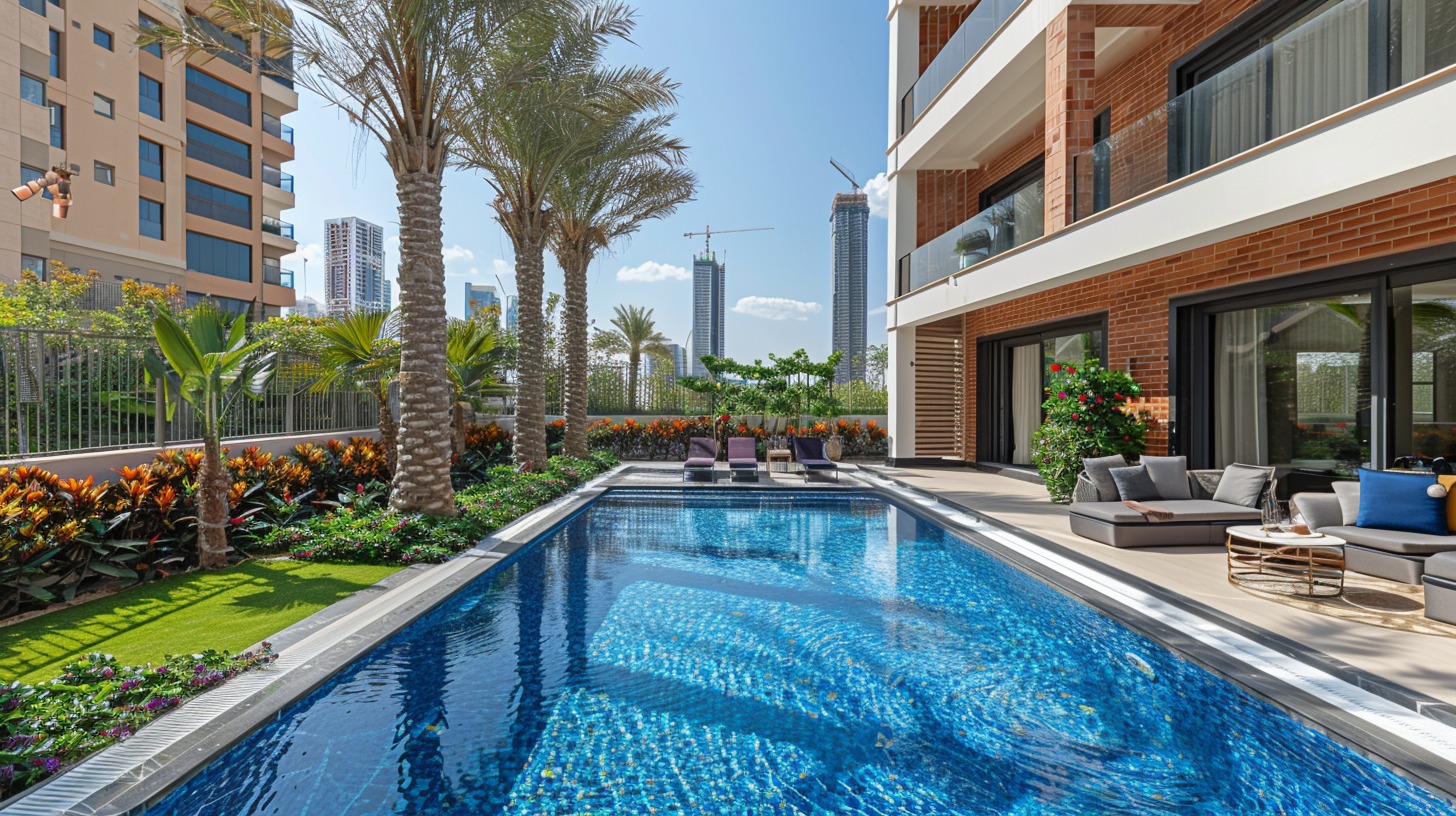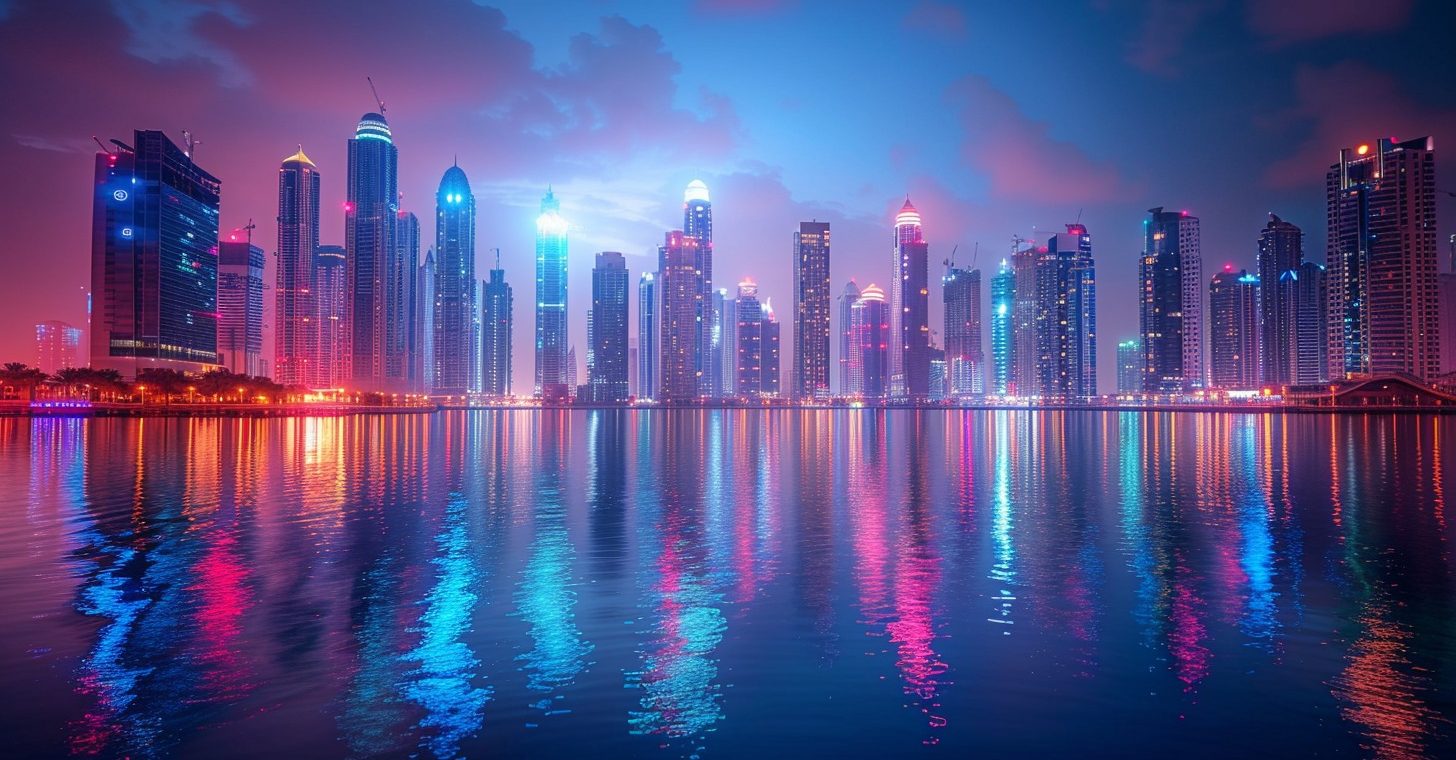Developers use 3D models to demonstrate their projects to buyers. In recent years, VR has been increasingly used for this purpose. We will tell you about the options of using virtual reality and meta-universes to demonstrate real estate.
Why developers need VR-technologies
Most companies use only drawings and conventional images on their websites. If a designer has modeled a 3D design of an apartment, it is also often inserted as a regular picture. Because of this, buyers have to use their imagination and imagine exactly how the property will look. And this affects their interest in buying.
This problem can be solved with the help of VR project demonstrations of The Acres by Meraas for sale in Dubai. This technology permits buyers to immerse themselves in future real estate and “feel” it. Therefore, developers have begun introducing more options for demonstrating real estate with VR.
Studies are already being conducted on this topic. For example, in 2017, Claremont McKenna College conducted a study on how real estate demonstration in VR influences a client’s desire to come and see the property in person.
The results showed that luxury real estate buyers are 20% more likely to see a property after viewing a VR demonstration than without. In the case of other categories of real estate, VR motivates buyers to come twice, as do images.
Research has also shown that customers respond differently to different types of 3D models. For example, a property of many similar-looking objects was less interesting than a small but detailed showroom.
Customers spend more time in unique, highly detailed locations. If the developer added interaction with the items in the showroom, such as changing colors and texture types, customer interest would increase even more.

Variants of real estate demonstration in virtual reality
Several VR real estate showcasing projects exist in the real estate market. All of them provide a different immersive experience for the client.
Pre-prepared VR videos with 360° panorama. Some developers create 3D projects to showcase to clients. You can only walk around the prepared points and look closely at the objects in them.
This is the easiest to implement, but it also has the lowest level of immersion. This panorama does not convey the size of the property, even if the client uses a VR headset to view it.
Augmented reality apps. Developers are commissioned to develop apps that can be used to bring real estate demonstrations directly to clients’ homes.
In such cases, the client uses the camera on their smartphone or tablet to assess the exterior and square footage of the property. The degree of immersion depends on the location of the client viewing the apartment and the quality of their smartphone or tablet.
VR real estate tours. This is the option with the deepest immersion and client involvement. The manager accompanies the buyer, shows the project’s pros, and answers questions as in a real visit.
Developers are also adding interactivity to virtual real estate tours. For example, they can change the finishing options in real-time, furnish the apartment, and interact with the physically correct environment.
In the virtual worlds of the meta-universe, projects of individual rooms or entire residential complexes can be transferred. A walkthrough of such a virtual space helps clients better assess the room’s area and consider different layout options. The accurate transfer of proportions and dimensions through VR glasses makes such an experience the closest to a real visit to a real estate object.





